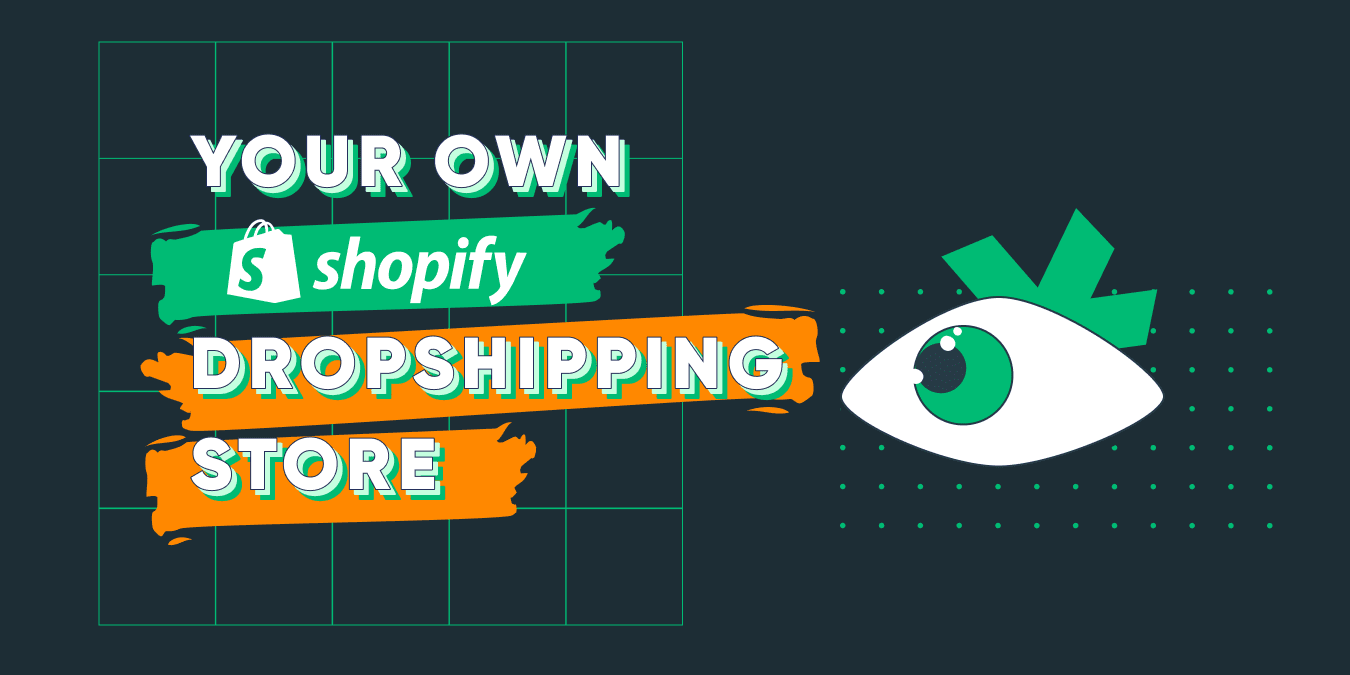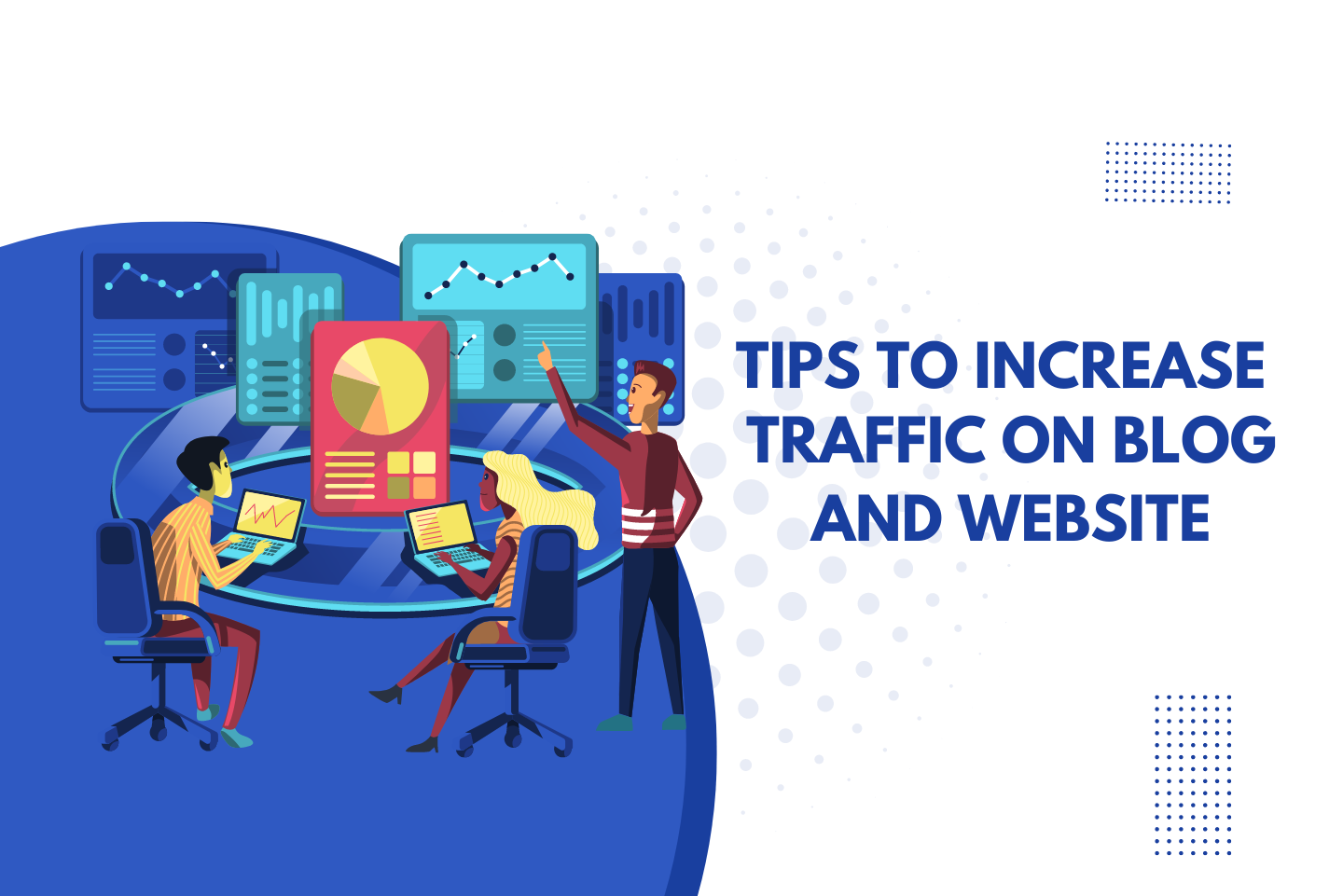The digital revolution has opened doors for innovative business models such as dropshipping, a retail fulfillment method where a store doesn’t keep the products it sells in stock. Instead, when a store sells a product, it purchases the item from a third party and has it shipped directly to the customer. This has enabled many aspiring entrepreneurs to start their own businesses with significantly reduced upfront costs. One of the most popular platforms to start a dropshipping business is Shopify due to its ease of use and robust features. This article serves as a comprehensive guide to starting a profitable Shopify store using the dropshipping model.
Why Choose Shopify for Dropshipping:
Shopify has grown to become one of the most popular ecommerce platforms globally, and for good reason. Its intuitive interface makes it ideal for beginners, requiring no prior coding or technical skills to get started. Shopify offers a wide array of features including a secure shopping cart, multiple payment gateways, SEO capabilities, mobile optimization, and integration with hundreds of apps to enhance your store’s functionality. Moreover, Shopify provides excellent customer support, which can be vital for businesses navigating the early stages of operation. Thus, it is a strong contender for anyone considering launching a dropshipping business.
Step-by-Step Guide to Setting up a Shopify Store for Dropshipping:
Choosing a niche and finding trending products:
Identifying a niche is one of the first and most crucial steps in launching your Shopify store. Select a niche that aligns with your interests and knowledge; this will make it easier for you to connect with your target audience and market your products. To identify trending products within your niche, leverage tools like Google Trends, social media, and popular ecommerce sites. Keep a close eye on the competition and aim to differentiate yourself through unique product offerings or a unique selling proposition.
Creating a Shopify account and selecting a plan:
With your niche and product selection ready, the next step is to create a Shopify account. Shopify offers a 14-day free trial, allowing you to explore its features before committing to a plan. Once you are ready to select a plan, consider factors like pricing, transaction fees, and the range of features provided. Shopify offers three main plans – Basic, Shopify, and Advanced Shopify, each with its distinct advantages.
Customizing your store:
Your online store is your digital storefront, and hence, it’s essential to make it visually appealing and easy to navigate. Shopify offers a variety of free and paid themes that can be customized to suit your brand. Add high-quality images, engaging product descriptions, and customer reviews to your product pages to build trust and encourage sales. Don’t forget to add necessary legal pages such as Privacy Policy, Terms of Service, and Refund Policy.
Finding and sourcing dropshipping suppliers:
Next, you’ll need to source products from reliable dropshipping suppliers. Online directories such as AliExpress, SaleHoo, and Doba can be valuable resources. Vet potential suppliers carefully, considering factors like delivery times, product quality, communication, and reviews from other dropshippers. This step is crucial as your suppliers are essentially your business partners.
Setting up payment gateways and shipping methods:
Shopify supports various payment gateways, including PayPal, Stripe, and Shopify Payments. Ensure that you choose options that are most convenient for your target audience. Also, set up shipping options that balance cost-effectiveness and delivery speed. Remember, a smooth and secure checkout process can significantly reduce cart abandonment rates.
Launching your Shopify store:
Before launching your store, thoroughly test all aspects of your site. Check for ease of navigation, test all links and buttons, and complete several test purchases to ensure your checkout process works smoothly. Once you are satisfied with the quality and functionality of your store, it’s time to launch.
Strategies to Drive Traffic and Increase Sales:
Search Engine Optimization (SEO) techniques:
Proper SEO practices are fundamental to driving organic traffic to your online store. Optimize your product titles, descriptions, meta descriptions, and URLs with relevant keywords to rank higher in search engine results. You can also boost your SEO by creating valuable content through blogs or guest posts, which can also build credibility for your brand.
Social media marketing:
Social media platforms are potent tools for driving traffic and sales. Platforms like Instagram, Facebook, and Pinterest allow you to showcase your products and engage with your audience. Collaborate with influencers within your niche to expand your reach and visibility.
Paid advertising options:
While organic growth is important, paid advertising can provide a significant boost to your visibility and traffic. Platforms like Google Ads and Facebook Ads allow you to target specific demographics and geographic locations, which can lead to a higher conversion rate.
Implementing email marketing campaigns:
Email marketing is a powerful strategy for building relationships with customers and encouraging repeat purchases. Build your email list by collecting emails from website visitors and sending regular newsletters, personalized product recommendations, and exclusive discounts. Tools like MailChimp can be integrated with Shopify to manage your email campaigns.
Managing Operations and Scaling Your Dropshipping Business:
Utilizing Shopify apps:
Shopify’s App Store offers numerous apps that can help automate many aspects of your business, such as order fulfillment, inventory management, and email marketing. Apps like Oberlo and Spocket are specifically designed for dropshipping businesses, helping you source products and automate order fulfillment.
Providing excellent customer service:
Exceptional customer service is key to building trust and customer loyalty. Aim to respond promptly to customer inquiries and resolve issues quickly. Offering a seamless return and refund process can also increase customer satisfaction and loyalty.
Leveraging analytics and data:
Shopify provides a wealth of data and analytics to help you understand your store’s performance. Keep an eye on key metrics like conversion rates, average order values, and customer acquisition costs. Use these insights to refine your marketing strategies and improve your store’s performance.
Scaling your business:
As your dropshipping business grows, consider adding more products or exploring new niches. Regularly analyze market trends and customer feedback to identify opportunities for growth and improvement.
Success Stories: Learning from Top Shopify Dropshipping Stores:
Learning from others’ successes can provide valuable insights and inspiration. Studying successful Shopify dropshipping stores can give you ideas on effective marketing strategies, website design, and customer service practices.
Starting a profitable Shopify store with dropshipping is no longer a distant dream but a viable reality for anyone willing to invest time and effort. With the right strategies, consistent effort, and a customer-centric approach, you can build a thriving ecommerce business. The journey may have its share of challenges, but the reward of financial independence and the flexibility to work from anywhere make it a worthwhile pursuit.
Unlock Secrets to Dropshipping Success – Get it touch with Growth Digital.
Stay ahead of the competition and be the first to receive exclusive tips and strategies for a successful Shopify dropshipping business. Subscribe to our newsletter and unlock the secrets to dropshipping success. Let’s embark on this journey together!










